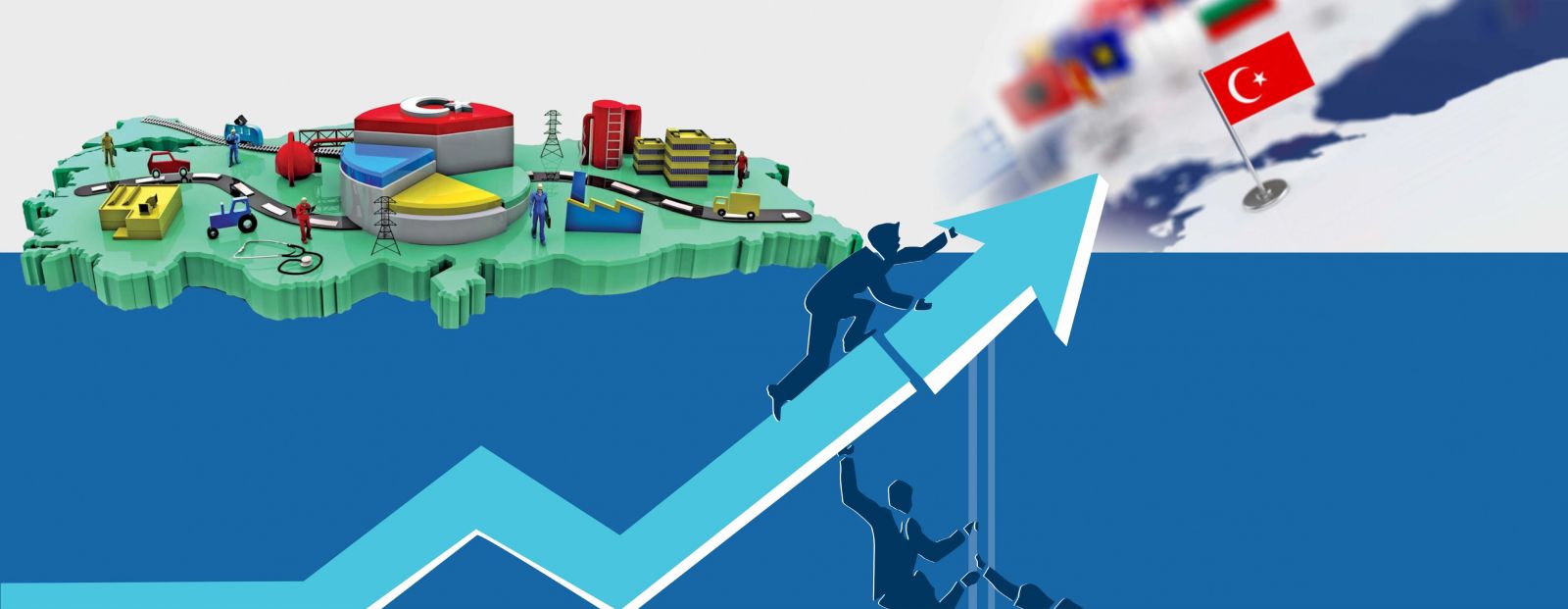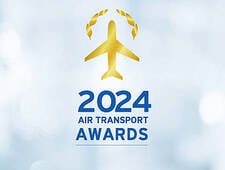
Roughly 15 years ago, the government of Turkey started to move in a different direction. Not content with just being a back-bench player, they wanted global recognition and hence the strategic Turkey 2023 vision project was born.
Anyone following Turkey could have quickly scoffed at the aims of the 2023 vision plan, yet as each year passes, it is beginning to look like the country is reaping the rewards of hard work.
What is the 2023 Vision Plan for Turkey?
It is a collective set of goals, Turkey wants to achieve by the year 2023, the 100th anniversary of the Turkish Republic. The targets focus on the economy, tourism, energy, foreign policy, transport, and healthcare.
All are individual aspects of society but altogether contribute towards the final and most important goal to be one of the top-performing economies in the world.
Goals for the Turkish Economy by 2023
To be one of the globe’s top ten economies, Turkey has broken this goal down into smaller targets. They want to achieve;
• A 5% unemployment rate
• 1 trillion USD in foreign trade
• A gross salary of 25.000 USD
• An export industry worth 500 billion USD annually
• A 2 trillion USD gross domestic product
The Turkish economy grew by 6.1% in 2015, 3.2% in 2016, and a staggering 7% in 2017, resulting in The Economist publication to label it one of the fastest-growing markets in the G20. Areas currently underperforming are the account deficit, unemployment, and inflation, which the country plans to tackle as part of the government-approved Turkey Medium Term Program for 2018 to 2020.
Foreign Policy Objectives
Foreign policy is a crucial part of the 2023 vision plan as the government sees the benefit of global trade and co-operation. Currently, EU membership, is an undecided issue for Turkey, especially after the UK, with who they have fruitful export and import ties with, voted for Brexit. It also wants to play an active role in regional issues and security to keep the economy stable.
Turkey 2023 Energy Vision
Turkey is going all out on wind energy, as evident on the Aegean coast where large wind farms have been built in many central districts. They aim to generate a combined 20.000 Megawatts from wind energy and in a few select areas, have also ventured into geothermal energy plants. Turks and foreigners who have lived in Turkey for a long time will have already noticed an improvement in efficiency which is overall aimed at reducing consumption, and there are also plans on the table for three nuclear plants.
Healthcare, Transport, and Tourism
Previously, Turkey’s healthcare system was in financial turmoil, and haphazard employment rules allowed many employers leeway on payment of staff healthcare premiums. However, by 2023, Turkey wants every citizen actively enrolled in the insurance system and to increase the number of doctors to 210 for every 100.000 people.
11.000 kilometers of new railway tracks will turn around the once poor-performing railway industry and in turn contribute towards business and cargo transportation as well as domestic tourism. 15.000 kilometers dedicated to new and better-constructed highways will also make up part of the One Belt One Road project started by China that Turkey is taking an active role in.
Lastly, despite taking a dip in the last two years, tourism has always been a strong performer of the Turkish economy. Mass marketing campaigns across the globe, as well as the insistence of the government to embrace the power of internet advertising, have paid off and the country is already one of the top ten visited destinations in the world.
Summary
The Spectator Index and other foreign financial institutions have named Turkey as an emerging market for 2018, and with economic results improving year on year, there is a strong possibility the Turkey 2023 Vision plan will be achieved and, in the process, turn the country into a global powerhouse.




